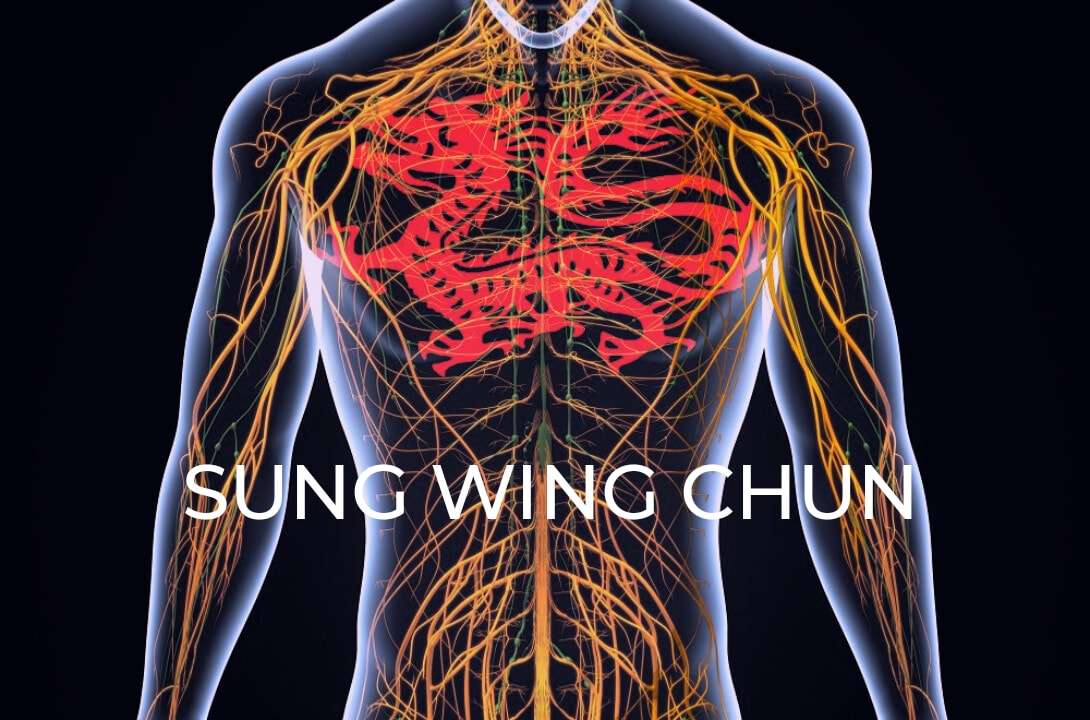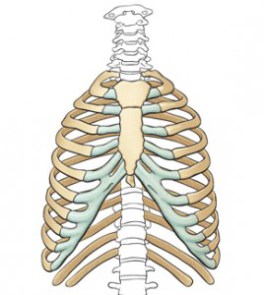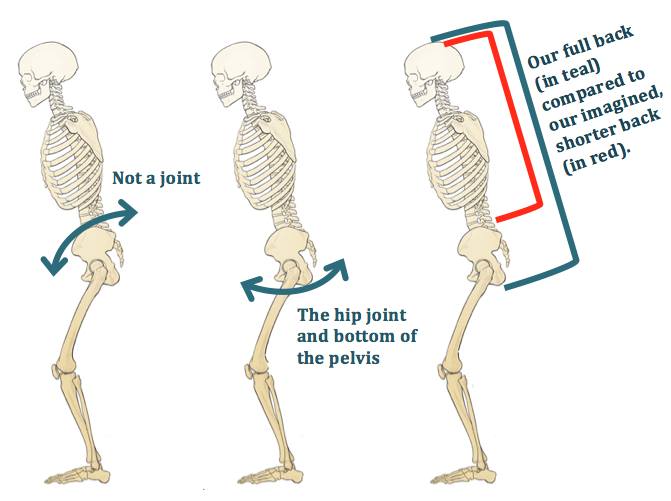Gaining Body Awareness
4/20/2016
Once people settle into practicing an internal/relaxed approach to wing chun, the seeds start to develop as to how standing practice can help calm our minds and bring about body awareness. There is however a danger that by trying to relax into a perceived body shape (what we think our body should look like), we are sending out the wrong instructions which may have the opposite effect.
Example one As we stand to practice the sil nim tao form we are taught to think up through our spine to the top of the head. However most people usually only get what they think is the top of their spine (for them somewhere behind the jaw), when it fact the head balances on a higher point. This is the atlanto-occipital joint which is on a level with the eye line. By letting go of those muscle just below this, it allows the head to rotate slightly forward, which in turns allows further lengthening in the entire spine. It is common to pull back the head, jamming it to the spine, when in fact the body should be led into length by allowing it to release forward and up. Example two I always thought of my ribs as filling up chest cavity right to underneath my shoulders. However when they reach tho top of the body they narrow considerably (see below). The muscles of the arms and shoulder muscles literally hand off our backs. We need to allow them to be free so the scapula can 'float' within the muscles. Relaxing is therefore not a pulling down of this area, it is a freedom to release each of the different muscles in all directions. Example three Because we generally spend our days sitting in chairs most of us have confused our lower back with the tail of our spines. We therefore pivot from this lower lumbar area and cause all sorts of back problems. The pelvis is actually much lower than most people account for. Free movement comes from a release of the legs from the pelvis and rotation of the upper body on the head of legs (femoral heads). Example four When we relaxed into our ankles it is easy to forget that the heel is not below the ankle, but it is behind. This requires a release of the muscles stretching back as well as to the front. You can also see in the picture below how far back the toes bones actually continue into what we perceive as the foot. The protrusions which we see at the front are the tip of the iceberg. These examples are common choke points where we tense up near a major joint, because of which we do not allow that joint to operate properly. The problem is confounded because when we try to send a message to that joint to release, the signal we get back from the point of tension is so strong it overrides it. A common chi sau example of this is when I ask a student to relax and release into the elbow, but the force gets stuck at the contact point (forearm) and they effectively push themselves backwards. However with some manipulation, when they get the correct release, the feeling is incredible for its power and effortlessness. If you have experienced this (most of our students have), imagine such a feeling from the release of your load bearing joints. The pictures below are to make you think. Do you have an accurate body map; are you asking your body to relax into a distorted shape which will actually make it more tense? Our bodies have a great capacity to give us what we want, but it might not be what we need or what will give us long term benefit if the instruction is incorrect.
0 Comments
Your comment will be posted after it is approved.
Leave a Reply. |
AuthorKeeping you up to date with what is happening in class Archives
July 2024
Categories |





 RSS Feed
RSS Feed